Black Rhinoceros
- February 22, 2024
- 0 comment
The black rhinoceros, also known scientifically as Diceros bicornis, is a majestic and iconic creature native to the vast savannas and woodlands of Africa. Renowned for its imposing appearance and distinctive two-horned profile, the black rhino holds a significant place in both ecological and cultural contexts. With its dark gray to black skin and powerful build, it cuts an imposing figure as one of Africa’s largest land mammals. Despite its size, the black rhino is surprisingly agile, capable of reaching impressive speeds when threatened. It’s primarily a solitary animal, though it may form loose associations, especially during mating season. The rhino’s diet consists mainly of woody plants and shrubs, which it expertly grasps with its prehensile lips.
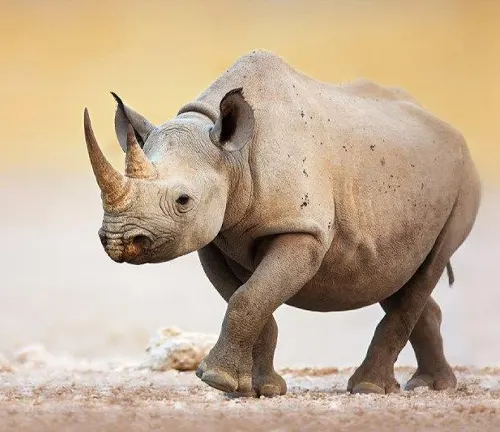
However, despite its remarkable adaptations and resilience, the black rhinoceros faces severe threats to its survival, primarily due to relentless poaching for its valuable horns and habitat loss due to human encroachment. Conservation efforts are underway across Africa to protect this magnificent species, including anti-poaching patrols, habitat restoration initiatives, and community engagement programs. Despite these challenges, there remains hope that with concerted efforts and international cooperation, the black rhinoceros will continue to roam the African wilderness for generations to come, symbolizing the continent’s rich biodiversity and cultural
| Specification | Details |
|---|---|
| Scientific Name | Diceros bicornis |
| Common Name | Black Rhinoceros |
| Habitat | Savannas, woodlands, dense shrublands |
| Range | Eastern and Southern Africa |
| Population | Less than 5,000 individuals in the wild |
| Physical Appearance | Dark gray to black skin, two horns, prehensile lips |
| Size | Up to 1.5 to 1.8 meters (shoulder height) |
| Weight | 800 to 1,400 kilograms |
| Diet | Herbivorous, feeds on woody plants and shrubs |
| Behavior | Primarily solitary, territorial, selective feeder |
| Conservation Status | Critically Endangered |
| Main Threats | Poaching, habitat loss, human-wildlife conflict |
| Conservation Efforts | Anti-poaching patrols, habitat restoration, community engagement programs |
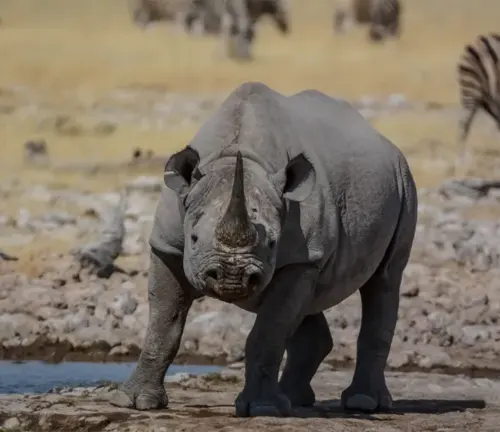
The black rhinoceros, scientifically known as Diceros bicornis, is a magnificent creature that roams the African savannas and woodlands. Renowned for its strength, resilience, and distinctive appearance, the black rhino is a symbol of Africa’s diverse wildlife. In this article, we will delve into the various aspects of the black rhinoceros, including its description, habitat, conservation status, threats, conservation efforts, and its significance in both ecological and cultural contexts.
Description and Characteristics
Appearance
The black rhinoceros is characterized by its dark gray to black skin, which gives it its name. It possesses two horns made of keratin, the same material as human hair and nails, with the front horn typically longer than the rear one. These horns are sought after for their alleged medicinal properties, driving the illegal trade and poaching of black rhinos.
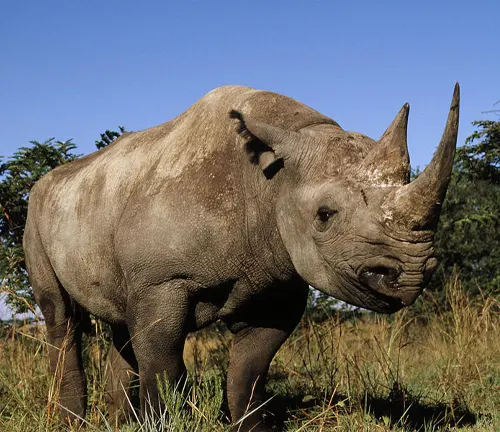
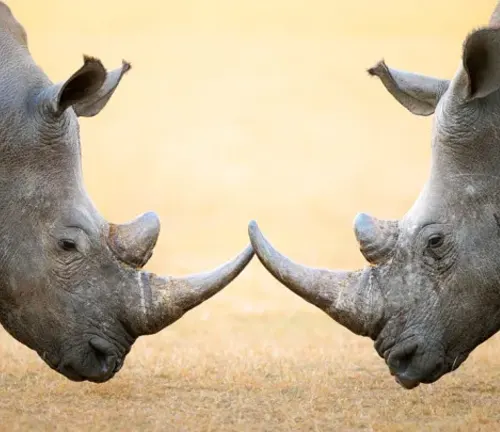
Behavior
Black rhinos are primarily solitary creatures, although they may form loose associations with other rhinos, especially during mating season. They are known for their territorial behavior, marking their territory with urine and feces to communicate with other rhinos. Despite their bulky appearance, black rhinos are surprisingly agile and can reach speeds of up to 35 miles per hour when threatened.
Habitat
These magnificent creatures inhabit a range of habitats, including savannas, woodlands, and dense shrublands. They are primarily found in eastern and southern Africa, with countries like Kenya, Tanzania, Namibia, and South Africa being key strongholds for their populations.
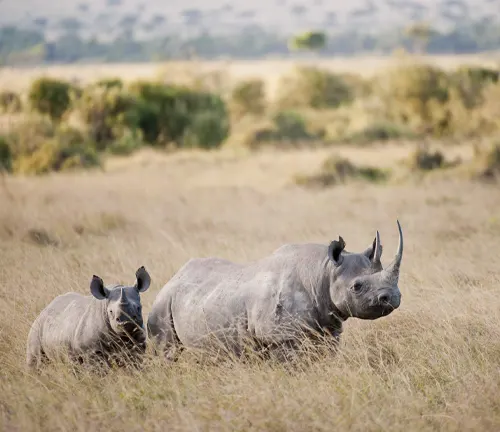
Diet and Feeding Habits
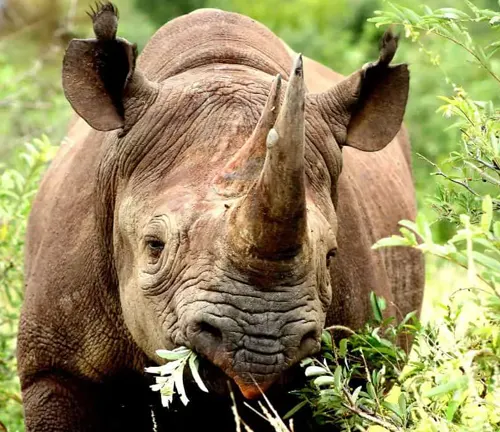
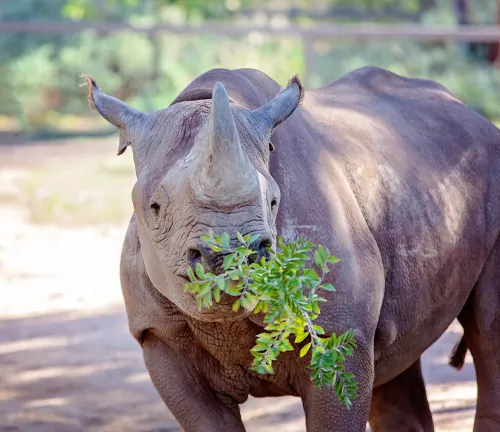
Black rhinos are herbivores with a diverse diet that includes a variety of plant species. They use their prehensile lips to grasp branches and leaves, particularly favoring woody plants and thorny bushes. Despite their formidable appearance, they are selective feeders, carefully choosing their food to meet their nutritional needs.
Conservation Status
The black rhinoceros is critically endangered, with its population declining dramatically in recent decades due to poaching and habitat loss. It is estimated that there are fewer than 5,000 black rhinos left in the wild, making it one of the most endangered large mammals on the planet.
Threats
The primary threat to black rhinos is poaching, driven by the demand for their horns in traditional Chinese medicine and as status symbols. Habitat loss and fragmentation due to human encroachment and agricultural expansion also pose significant threats to their survival.
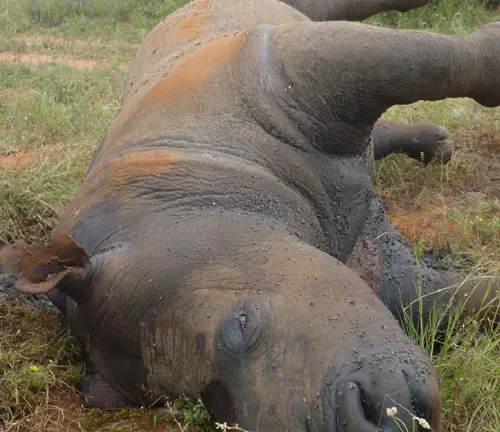
Conservation Efforts
Numerous conservation organizations and government agencies are working tirelessly to protect the black rhinoceros. These efforts include anti-poaching patrols, habitat restoration projects, community outreach programs, and the establishment of protected areas and wildlife reserves.
Historaical Context
Black rhinos have roamed the African continent for millions of years, playing a vital role in shaping the ecosystems they inhabit. However, human activities, including hunting and habitat destruction, have pushed them to the brink of extinction in recent centuries.
Significance in Ecosystems
As keystone species, black rhinos play a crucial role in maintaining the balance of their ecosystems. By grazing on woody plants and shrubs, they prevent the encroachment of grasslands and maintain habitat diversity, which benefits a wide range of other species.
Cultural and Symbolic Importance
Black rhinos hold immense cultural significance for many indigenous African communities, who revere them as symbols of strength, resilience, and wisdom. They feature prominently in African folklore and traditional rituals, reflecting their deep-rooted connection to the continent’s cultural heritage.
Legal Protection and Regulations
International trade in black rhino horns has been banned under the Convention on International Trade in Endangered Species of Wild Fauna and Flora (CITES), providing legal protection for these magnificent creatures. However, illegal poaching and trafficking continue to pose significant challenges to their conservation.
Illegal Trade and Poaching
The illegal trade in black rhino horns remains a lucrative business, driven by demand from Asian markets. Despite increased law enforcement efforts and international cooperation, poachers continue to target rhinos for their horns, posing a grave threat to their survival.
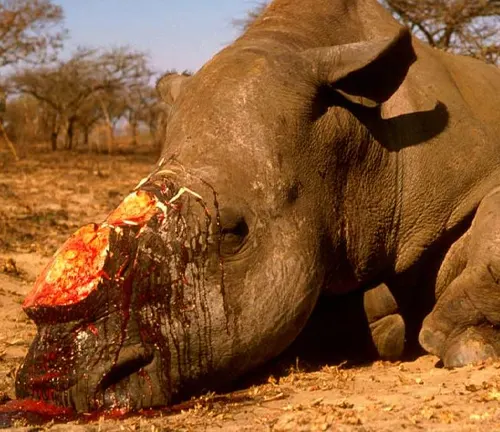
Efforts to Combat Poaching
Efforts to combat poaching include increased patrols in protected areas, the deployment of anti-poaching units, and the use of technology such as drones and GPS tracking devices to monitor rhino populations. These efforts have had some success in reducing poaching levels in certain areas, but the threat remains pervasive.
Different Species
Western Black Rhinoceros
(Diceros bicornis longipes)
This subspecies was native to western Africa, particularly in countries like Cameroon and Nigeria. Sadly, it was declared extinct in 2011 due to relentless poaching.
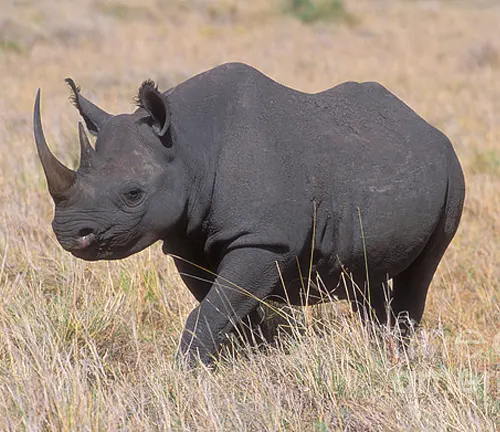
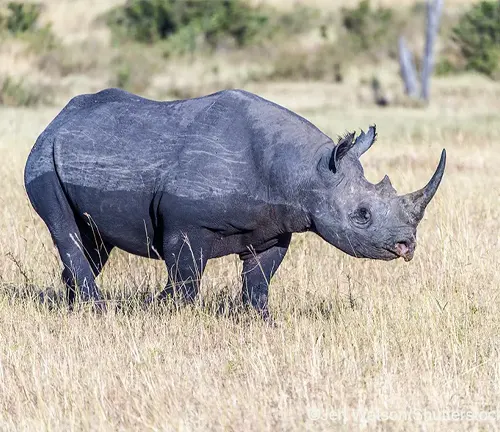
Eastern Black Rhinoceros
(Diceros bicornis michaeli)
Found in eastern Africa, including Kenya, Tanzania, and Ethiopia, this subspecies has also faced severe population declines due to poaching and habitat loss. It is currently classified as critically endangered.
Southwestern Black Rhinoceros
(Diceros bicornis bicornis)
Historically found in southwestern Africa, including Namibia and Angola, this subspecies has also suffered population declines but still exists in small numbers in some protected areas.
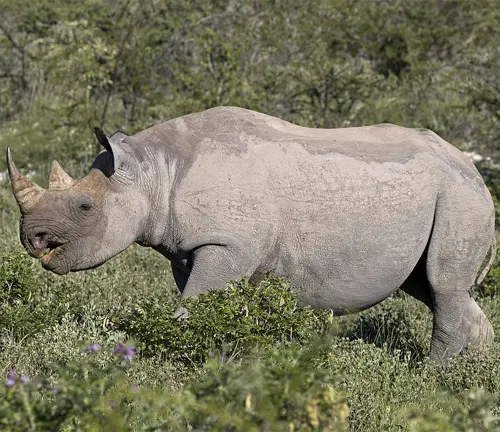
Frequently Asked Questions (FAQs)
- Why are black rhinos called “black” if they’re not actually black in color?
The name “black rhinoceros” is derived from the dark gray to black color of its skin, which distinguishes it from the white rhinoceros. However, the color of their skin can vary depending on factors such as mud, dust, and age. - How many species of rhinoceros are there, and where does the black rhinoceros fit in?
There are five species of rhinoceros: the black rhinoceros, white rhinoceros, Indian rhinoceros, Javan rhinoceros, and Sumatran rhinoceros. The black rhinoceros belongs to the Diceros genus and is one of the two species of rhinos native to Africa, along with the white rhinoceros. - What is the main threat to black rhinos in the wild?
The main threat to black rhinos in the wild is poaching for their horns, which are highly valued in traditional Asian medicine and as status symbols. - How long do black rhinoceroses live in the wild?
In the wild, black rhinoceroses typically live for about 35 to 50 years. - What is the significance of the black rhinoceros’ horns?
The horns of black rhinoceroses are used for various purposes, including defending themselves from predators, digging for water and roots, and asserting dominance in conflicts with other rhinos. Unfortunately, they are also the primary reason for the rhinos’ poaching. - How many calves does a black rhinoceros typically have in its lifetime?
Black rhinoceroses typically give birth to one calf at a time, with gestation lasting approximately 15 to 16 months. - What role do black rhinos play in their ecosystems?
Black rhinos are considered keystone species in their ecosystems, as they help maintain biodiversity by shaping vegetation through their grazing habits. They also create water holes that benefit numerous other species. - Are black rhinos aggressive towards humans?
Black rhinos are generally shy and elusive animals and tend to avoid confrontations with humans. However, they may become aggressive if they feel threatened or cornered. - What conservation efforts are in place to protect black rhinos from extinction?
Conservation efforts include anti-poaching patrols, habitat preservation, community engagement, and captive breeding programs aimed at increasing population numbers. - What are the differences between black rhinos and white rhinos?
The main differences between black rhinos and white rhinos lie in their size, shape of their mouths, and habitat preferences. White rhinos are larger and have broad, flat mouths adapted for grazing on grass, while black rhinos have pointed lips suited for browsing on leaves and twigs in shrubby habitats. - How do black rhinos defend themselves from predators in the wild?
Black rhinos rely on their size, speed, and powerful horns to defend themselves from predators. They may also use their sharp sense of smell and hearing to detect potential threats. - What is the lifespan of black rhinoceroses in captivity compared to the wild?
In captivity, black rhinoceroses can live longer than their wild counterparts, with some individuals reaching up to 50 or even 60 years of age. - Do black rhinos migrate, or do they stay in one area throughout their lives?
Black rhinos are not known for long-distance migrations but may move between different habitats within their home range in search of food, water, or suitable breeding grounds. - How do black rhinos communicate with each other?
Black rhinos communicate through vocalizations, body language, and scent marking. They use vocalizations such as grunts, snorts, and whistles to communicate with other rhinos, while scent marking with urine and feces helps establish territory boundaries. - Can black rhinos be domesticated or kept as pets?
No, black rhinos cannot be domesticated or kept as pets. They are wild animals with specialized needs and behaviors that cannot be accommodated in a domestic setting. Additionally, keeping rhinos as pets is illegal in most countries due to conservation concerns.


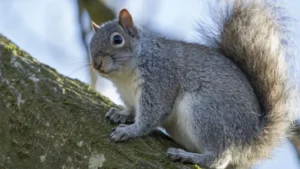
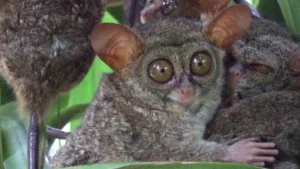

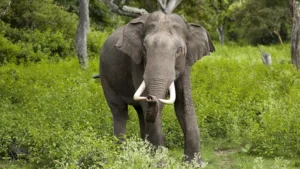
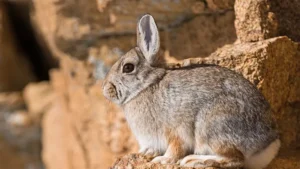

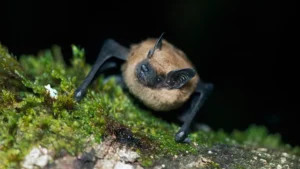
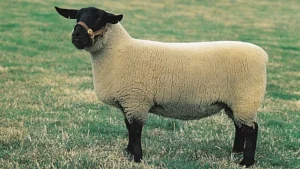
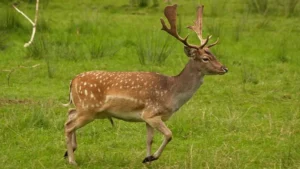
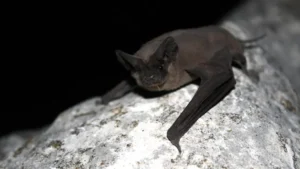
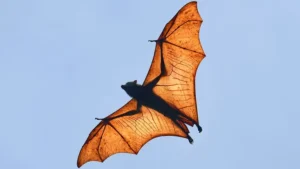

Leave your comment